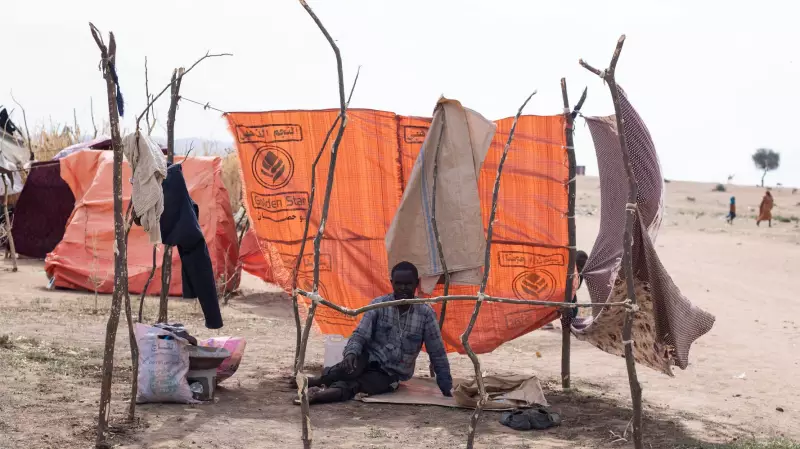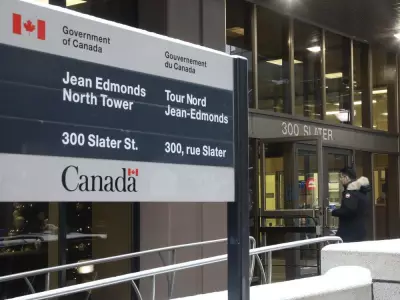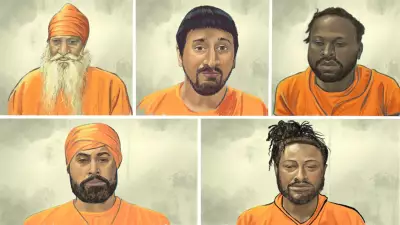
Disturbing new satellite imagery has uncovered what appears to be multiple mass burial sites in the war-torn city of El Fasher, Sudan, providing chilling evidence of the escalating humanitarian catastrophe in Darfur. The images, analyzed by humanitarian organizations, reveal freshly dug trenches in several locations around the city, coinciding with reports of widespread civilian casualties.
Evidence of Atrocities Mounts
The satellite photographs, captured in recent weeks, show significant earth displacement patterns consistent with mass graves near El Fasher's main medical facilities and residential areas. Humanitarian monitors have documented at least three separate sites where these disturbing formations have appeared, suggesting systematic burial operations.
"The timing and scale of these excavations are deeply alarming," explained a satellite imagery analyst who requested anonymity due to security concerns. "We're seeing coordinated digging operations in areas where intense fighting has been reported, often following major attacks on civilian populations."
Civilian Casualties Soar in Darfur
Local medical sources report that El Fasher's hospitals have been overwhelmed with casualties from recent violence. The city, which serves as North Darfur's capital, has become the epicenter of renewed ethnic violence reminiscent of the early 2000s Darfur genocide.
Witness accounts describe scenes of chaos at medical facilities, with limited capacity to handle the influx of wounded civilians. Many families have been forced to bury their loved ones in makeshift graves due to the collapse of normal burial procedures.
Paramilitary Forces Accused of War Crimes
The Rapid Support Forces (RSF), the paramilitary group battling Sudan's regular army, faces renewed allegations of systematic violence against civilian populations. International human rights organizations have documented multiple incidents of targeted attacks on non-Arab communities in and around El Fasher.
"We're witnessing a repeat of the worst atrocities from Darfur's history," said a humanitarian worker with operations in the region. "The international community cannot claim ignorance when satellite evidence provides such clear documentation of mass casualties."
International Response Stalled
Despite mounting evidence of war crimes, the international response remains fragmented. United Nations agencies face severe access restrictions, while diplomatic efforts to broker ceasefires have repeatedly collapsed. The UN Security Council has struggled to achieve consensus on meaningful action against the perpetrators.
The humanitarian situation continues to deteriorate dramatically, with:
- Over 2 million people displaced in Darfur region alone
- Critical shortages of food, water, and medical supplies
- Systematic targeting of humanitarian aid convoys
- Complete collapse of basic services in multiple cities
Historical Echoes of Genocide
The current violence bears haunting similarities to the early 2000s conflict in Darfur, where an estimated 300,000 people died and millions were displaced. Many of the same paramilitary groups, now reconstituted as the RSF, are accused of employing similar tactics of ethnic cleansing and systematic violence.
"We said 'never again' after the Darfur genocide, but here we are witnessing the same patterns unfold," noted a human rights researcher monitoring the situation. "The world's failure to act decisively has emboldened the perpetrators."
As the satellite evidence continues to mount, pressure grows on international bodies to intervene before the situation in El Fasher and surrounding areas descends further into full-scale humanitarian disaster.





